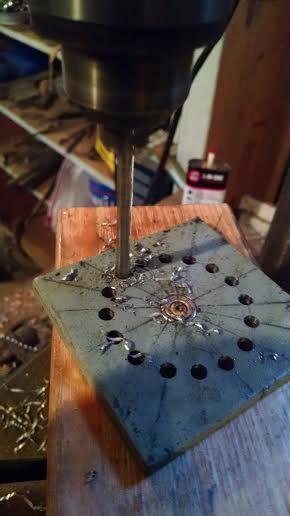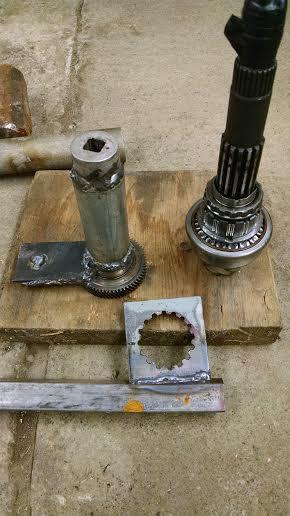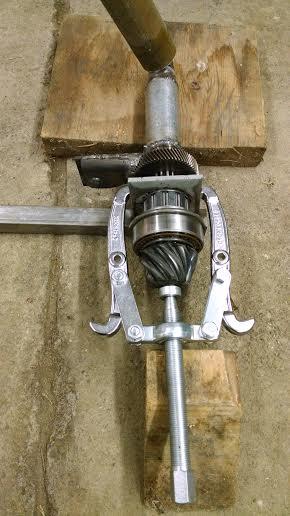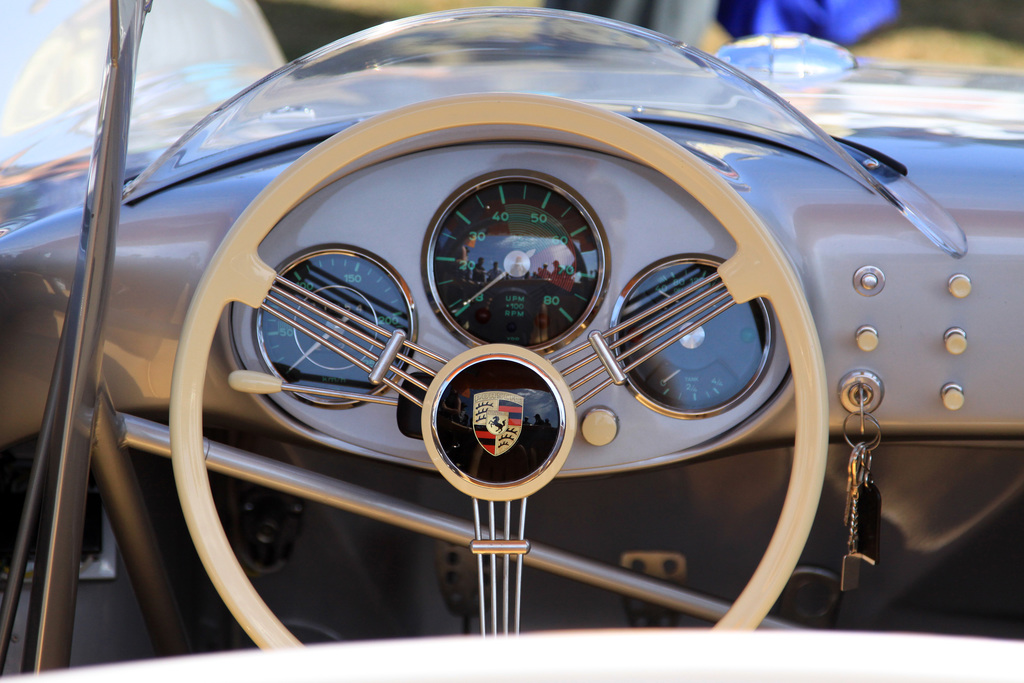More rivets. The interior aluminum is now done. Also dry-fit the pedals one last time to make sure it all fits. Propped up the Empi gas pedal as a possible dead pedal but I don't think so. The dipper switch works good.

All the bulkhead-to-frame tube plates are done now, including those in the footwells. Rivets on rivets, but they look cool. Unlike that Empi gas pedal/footrest.

Yesterday I spent time fiddling with the fuel filler.
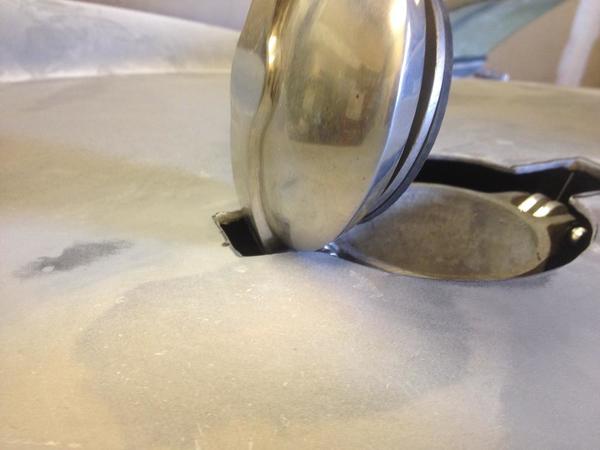
Sits a little low so I shimmed up the whole tank. But I didn't like that so I made a 3/16th steel flange for my buddy to weld to the top of the tank over the sheet metal he spent a lot of time welding earlier.
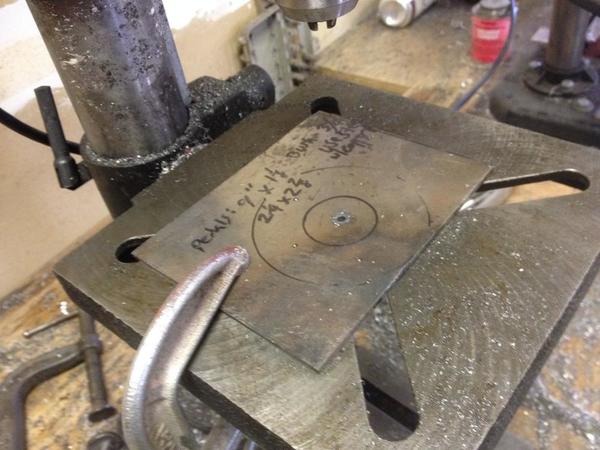
Also test fit the headlight buckets. I'll be damned! They fit nice. 
Ordered some H4 halogens to fit in them.
Also today I got my rear latch cover plates:
One I locate those I'll be all-but-done with the drilling of the holes on this car. After these it's down to the license light, switches and emblems.
Speaking of switches...
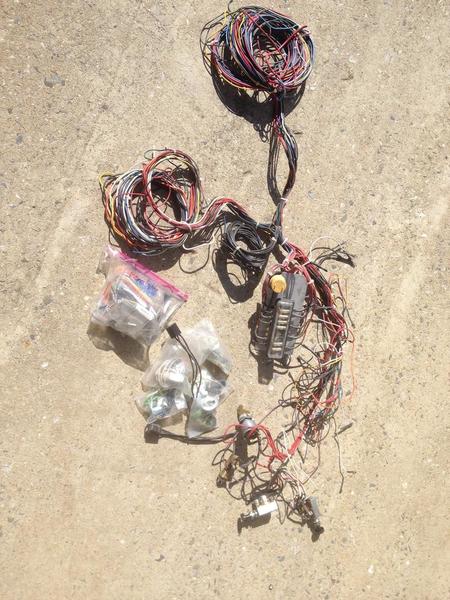
This is next. The car's pre-wired but two of those already-wired switches are marked "lights." An adventure, this is.


